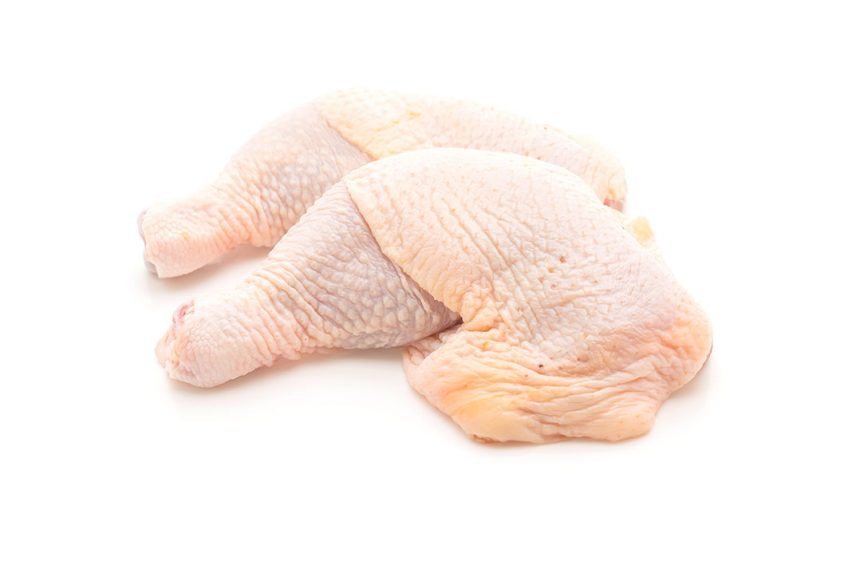UAE poultry producers benefit from Covid-19 disruption

Consumption of chicken meat products in the UAE has fallen but stabilised, and although Covid-19 impacted the industry negatively, poultry producers have been able to take advantage of trade disruptions and are expanding with increased government investment.
Due to its arid climate and nominal rainfall, the UAE is inhospitable to most forms of agriculture, and so the country relies heavily on food imports. Most poultry farms are in Abu Dhabi, which accounts for more than 70% of UAE agricultural production. Poultry production in 2021 in the country is forecast at 56,000 mt, a 12% increase from the 50,000 mt estimate for 2020 due to higher demand for UAE chicken meat products and increasing government support.
To achieve greater food security and due to import supply concerns heightened by Covid-19, the UAE government aims to double local poultry production soon. In this regard, the Abu Dhabi Agriculture and Food Safety Authority have announced a US$ 272 million investment fund earmarked for agricultural projects. There are currently ongoing investments in the renovation and expansion of an existing poultry farm and an entirely new poultry farm coming into operation in Abu Dhabi this year.
Poultry producers take advantage of increase in demand
For the first half of 2020, the Covid-19 pandemic challenged poultry producers in the UAE where poultry production is highly reliant on immigrant labour that became disrupted as travel bans were imposed. Lockdowns, curfews, and mask requirements also heavily disrupted production. For the latter half of 2020, UAE producers could take advantage of a temporary increase in demand driven by lockdowns which resulted in many wealthy expatriate families to remain home instead of traveling to cooler climates during the early summer months. Emirati poultry producers were able to capture this temporary demand increase and will not have any frozen carryover this year (usually 10% of UAE poultry production is frozen during the seasonal summer lull in demand). This boost in demand also pushed prices up – fresh chicken meat prices increased by 4.4% compared to the summer of 2019. Although only 10% of UAE chicken meat is sold to the food service industry, imported poultry prices for the hotel, restaurant, and institutional sector declined by roughly 30%.
 Covid-19: Impact on the global poultry sector
Covid-19: Impact on the global poultry sector
The coronavirus has had a huge impact on daily life from the man on the street to businesses. And the poultry sector, even more essential than ever, has not gone unscathed. Keep up-to-date.
V-shaped recovery in poultry consumption expected
In 2021, consumption is forecast to remain stable at 408,000 mt as the overall economic situation in the UAE recovers from Covid-19. Most large events and tradeshows in 2020 were postponed to 2021 and will help spur a V-shaped recovery in consumption in the new post-pandemic normal. The UAE population is also expected to recover as immigrant labourers and expatriates return from abroad. It is interesting to note that in May 2020, roughly 260,000 labourers out of an estimated 2.3 million labourers left the UAE.
Brazil dominates poultry import market
The UAE does not export significant amounts of local chicken meat and consumes most of its own domestic production. In terms of imports, it is reported that nearly 60% of imported chicken meat is destined for the HRI sector. 2020 chicken meat imports were adjusted downward to 407,000 mt, almost 16% lower than 2019 volumes, largely attributed to a loss of import demand from the HRI sector.
Brazil and the US continue to dominate the market, supplying 65% and 17%, respectively. US leg quarters were the predominant import due to a large drop in price. This was the lowest price in 7 years. Ukraine increased their market share to 10% in the first half of 2020. Ukrainian chicken meat exports to the UAE are increasing significantly due to a free trade agreement with the UAE, more competitive prices than Brazil, and expanded production for export by Ukraine’s largest producer.
The information in this article has been extracted from a USDA GAINS report prepared by Rana Tarraf.













